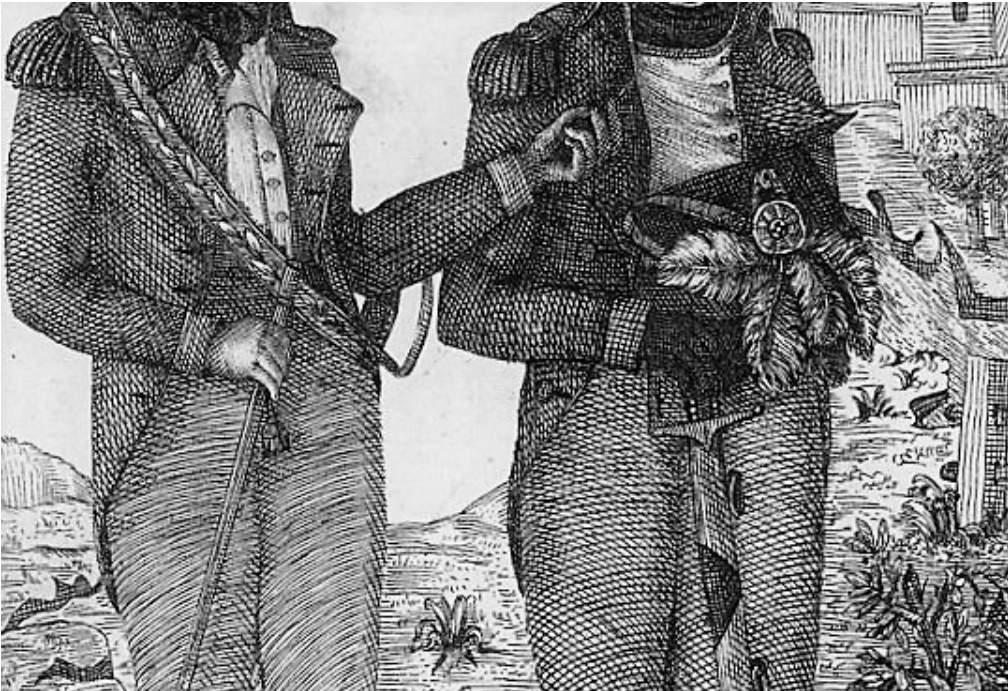26aPosted in Books, Media Archive, Novels, United Kingdom on 2018-04-10 02:42Z by Steven |
Vintage
2006-03-02
240 Pages
129mm x 198mm x 15mm
170g
Paperback ISBN: 9780099479048
eBook ISBN: 9781409079620
- Winner of the Orange Award for New Writers
- Winner of the deciBel Writer of the Year Award
- Shortlisted for the Whitbread First Novel Award
- Shortlisted for the Guardian First Book Award
- Shortlisted for the Commonwealth Best First Book Award
- Shortlisted for the Times/Southbank Show Breakthrough Award
- Recipient of a Betty Trask Award
- Longlisted for the International IMPAC Dublin Literary Award
Identical twins, Georgia and Bessi, live in the loft of 26 Waifer Avenue. It is a place of beanbags, nectarines and secrets, and visitors must always knock before entering. Down below there is not such harmony. Their Nigerian mother puts cayenne pepper on her Yorkshire pudding and has mysterious ways of dealing with homesickness; their father angrily roams the streets of Neasden, prey to the demons of his Derbyshire upbringing. Forced to create their own identities, the Hunter children build a separate universe. Older sister Bel discovers sex, high heels and organic hairdressing, the twins prepare for a flapjack empire, and baby sister Kemy learns to moonwalk for Michael Jackson. It is when the reality comes knocking that the fantasies of childhood start to give way. How will Georgia and Bessi cope in a world of separateness and solitude, and which of them will be stronger?








